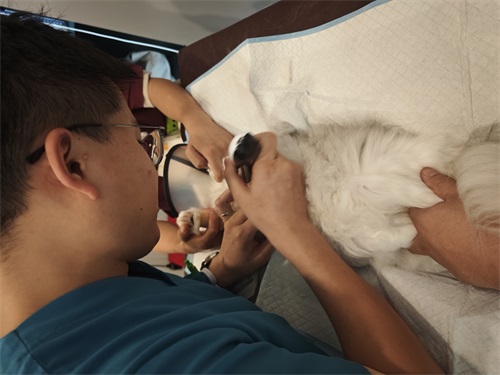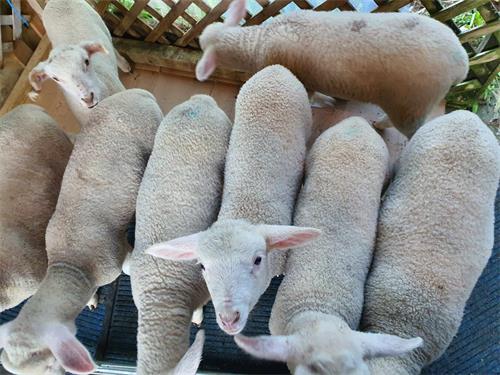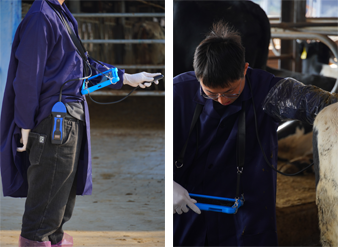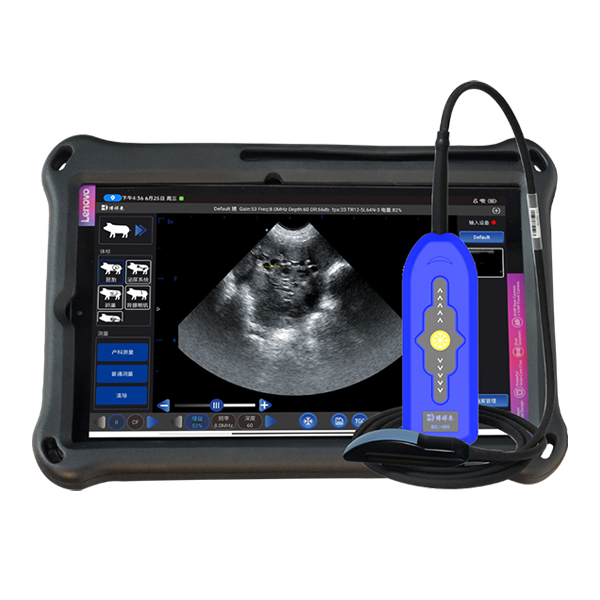In today’s modern animal farming industry, ultrasonography has become one of the most vital diagnostic tools for veterinarians and livestock producers alike. From confirming pregnancy in cows to evaluating muscle and fat deposition in pigs and sheep, Veterinary ultrasound offers real-time, non-invasive insights that enhance animal care, improve reproductive efficiency, and boost economic returns. However, choosing the right ultrasound machine for veterinary use isn’t always straightforward. Whether you're a first-time buyer or upgrading your current system, it’s essential to ask the right questions.
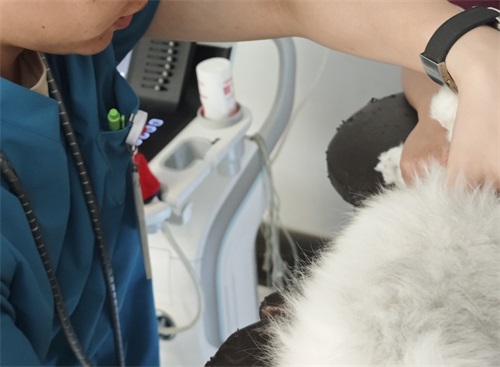
In this article, we’ll explore five key questions you should consider before investing in a veterinary ultrasound system. Drawing from international user feedback, scientific literature, and field experience, we’ll guide you through the decision-making process so that you can select the equipment that fits your needs—practically and financially.
1. What Kind of Animals Will You Be Scanning?
Veterinary ultrasound machines are not one-size-fits-all. One of the first questions to consider is: Which animals will the ultrasound be used for? The answer determines the type of probe, frequency, and even the portability of the device.
For large animals such as cows, horses, and camels, you need a convex or linear probe with low frequency (2.5–5 MHz) for deeper penetration. Transrectal scanning may also be required for reproductive exams.
For small animals like dogs, cats, or rabbits, a high-frequency probe (7.5–10 MHz) is preferred for better image resolution of shallow tissues.
For swine and sheep, mid-frequency linear probes (5–7.5 MHz) are often used to assess backfat, eye muscle area, and pregnancy.
Foreign veterinarians often recommend multi-animal ultrasound machines, especially for mixed practices. Devices like the BXL-V50—a waterproof, portable system with swappable probes—are favored for their flexibility across species, ease of cleaning, and long battery life, making them ideal for fieldwork.
2. What Is the Primary Use: Reproduction, Growth Monitoring, or Disease Diagnosis?
Your primary use case will influence the choice of machine. Here’s how:
Reproductive management (pregnancy diagnosis, ovulation tracking, uterine health) requires accurate imaging of the reproductive tract. Color Doppler may help identify blood flow to the ovaries or uterus.
Growth monitoring involves assessing eye muscle area, backfat, and marbling, especially in cattle and pigs. Machines must offer precise measurement tools and clear imaging of muscle structure.
Disease diagnosis for internal issues—like pyometra in dogs or abscesses in cattle—requires higher resolution and sometimes Doppler capabilities to assess tissue perfusion.
In North America and Europe, many producers have shifted from purely reproductive scanning to a more integrated approach, using ultrasound to inform feeding strategies and optimize slaughter timing, especially with the growing popularity of precision farming.
3. How Portable and Durable Should Your Machine Be?
Ultrasound machines come in handheld, tablet, and cart-based forms. On livestock farms, portability and durability are often top priorities.
Field veterinarians in Australia and Canada, for example, work in rugged, remote environments. They tend to prefer IP-rated waterproof devices that resist dust and manure contamination.
Battery life is another crucial factor. Machines like the BXL-V50, with more than 7 hours of operation, reduce the need for recharging during long farm visits.
A sunlight-readable screen and removable sunshade are also popular features in Latin America and Africa, where outdoor scanning is common.
A lightweight, shock-resistant design that can be strapped to the body or mounted on an animal chute is ideal for farm-based use. Ensure the model you choose can endure the real-world conditions you’ll work in.
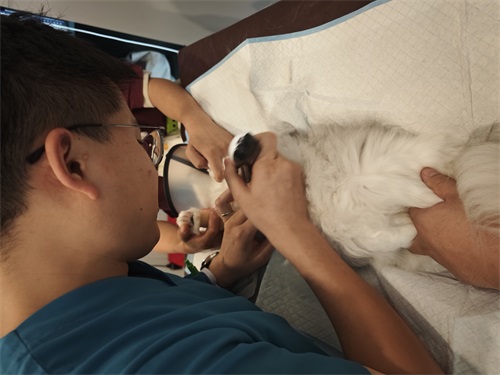
4. Do You Need Real-Time Imaging and Image Storage?
Ultrasound isn’t just about “seeing”—it’s about recording and interpreting. Therefore, it's important to ask:
Does the machine offer real-time imaging, storage, and data transfer?
Many veterinarians now prefer wireless ultrasound machines that can transmit images directly to phones, tablets, or cloud-based platforms. This enables:
Consultation with specialists, especially in remote areas
Telemedicine, where producers can send scans to vets for analysis
Historical comparison, useful in breeding programs and herd management
Some machines come with built-in measurement software for calculating gestational age, EMA, backfat, and more. In Europe, digital record-keeping is increasingly mandatory for breeding programs, and cloud storage is becoming standard.
Ask whether the machine supports DICOM format, USB export, or Wi-Fi/Bluetooth connectivity. Also, check if the software is user-friendly, since many producers prefer intuitive interfaces over overly technical systems.
5. What’s Your Budget—and What’s the Real Value?
Cost is always a consideration, but focusing only on the price tag can be a mistake. Instead, think in terms of return on investment (ROI).
A $2,000 machine that accurately detects early pregnancy or fattening readiness can save thousands in feed, labor, and time. Conversely, a cheap, unreliable scanner may lead to misdiagnoses and financial loss.
Consider:
Warranty and after-sales support: Machines break, especially in tough conditions. Foreign buyers often favor companies with global service networks and training support.
Probe replacement cost: Some machines have expensive or hard-to-find probes, which can become a burden later.
Upgradeability: Can the software be updated? Can you use multiple probe types? Will it become obsolete in 2 years?
Also, think about training and support. Some manufacturers offer remote training, which is especially useful for farm staff. As several producers in Germany noted, a good user manual and responsive customer service made them loyal to a brand even when more advanced systems became available.
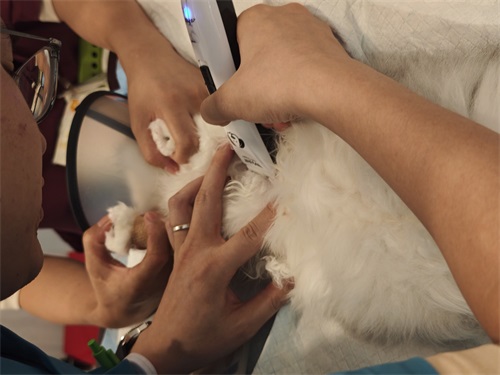
What Do Global Users Say?
Insights from international users can provide valuable perspective:
In Brazil, pig farmers prioritize machines that accurately measure backfat thickness and eye muscle area, because those parameters directly affect market price.
In Japan, cattle breeders often use color Doppler systems to track follicle development and time AI (artificial insemination) precisely.
In New Zealand, sheep farmers emphasize portability and long battery life, especially during lambing season.
In the U.S., many beef producers now rely on ultrasound to plan early slaughter to reduce feed costs, thanks to accurate assessment of fat and muscle balance.
Such feedback underscores the need to match your ultrasound selection to your specific species, goals, and working environment.
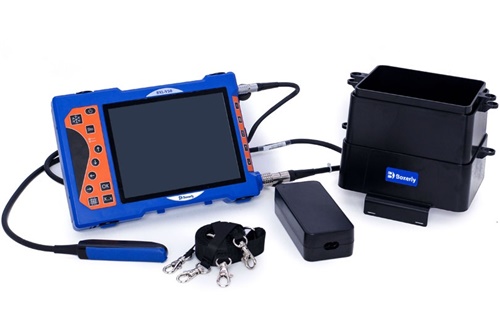
Conclusion: Ask the Right Questions for the Right Equipment
Veterinary ultrasound technology has revolutionized livestock management around the world. But to unlock its full potential, you need to choose equipment that suits your unique needs. By asking the five questions outlined above, you’ll be better equipped to make an informed, profitable decision:
What animals will you be scanning?
What’s your primary use—reproduction, growth, or health?
How portable and rugged does the device need to be?
Do you need real-time imaging and data storage?
What’s your true budget and value requirement?
With the right ultrasound system, you’ll gain not just images, but insights—ones that can drive better animal health, stronger reproduction rates, and improved farm profitability. For many livestock producers, veterinary ultrasound is no longer a luxury—it's a necessity.
Reference Sources:
Whitaker, D. A., & Smith, E. (2021). Veterinary Ultrasonography in Food-Producing Animals. Journal of Veterinary Imaging.
Beef Cattle Institute. (2023). Use of Ultrasound for Growth Evaluation in Cattle. Retrieved from: https://www.beefcattleinstitute.org/ultrasound-growth
National Hog Farmer. (2024). Backfat and Loin Eye Ultrasound in Pigs: Measuring Profitability. Retrieved from: https://www.nationalhogfarmer.com
FAO. (2022). Ultrasound Applications in Livestock Production Systems. Retrieved from: https://www.fao.org
link: https://www.bxlimage.com/nw/1254.html
tags:
